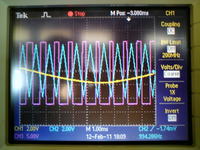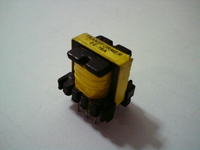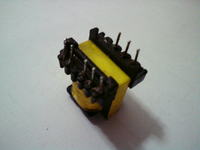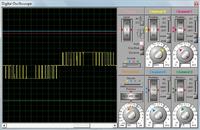sinewave123
Junior Member level 1
You may want to generate the deadtime in front of IR2110.
are you referring to rcd deadtime? did it. but no good. more deadtime makes the output wave less and less sine-looking so i have to limit the deadtime generated.



